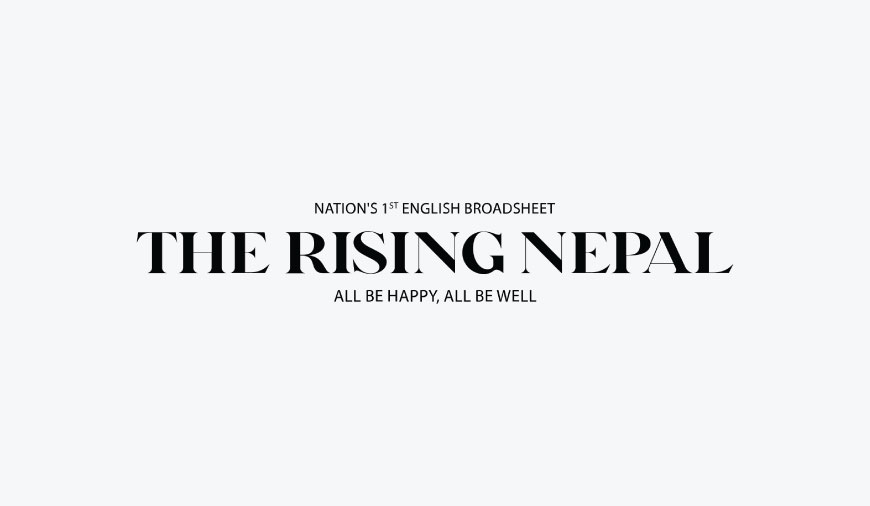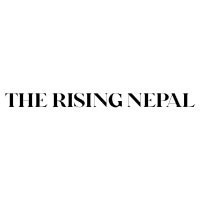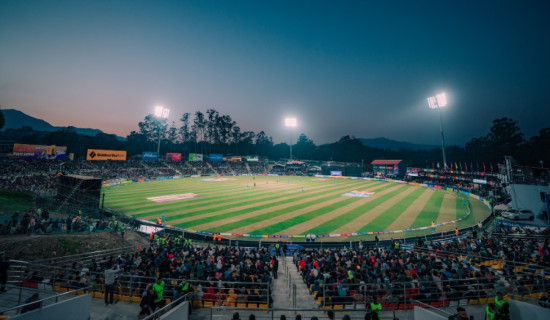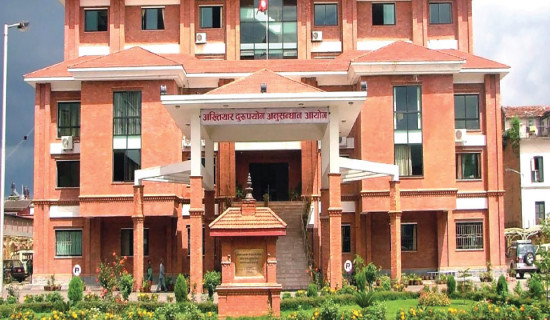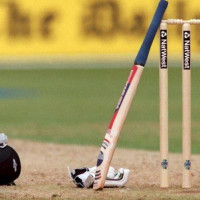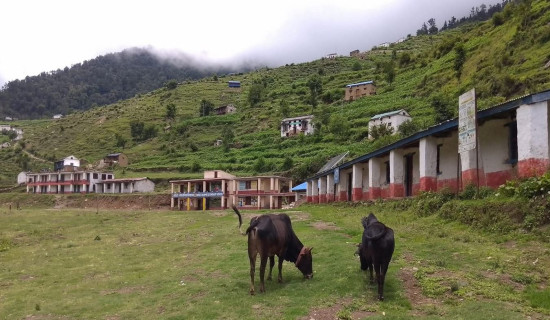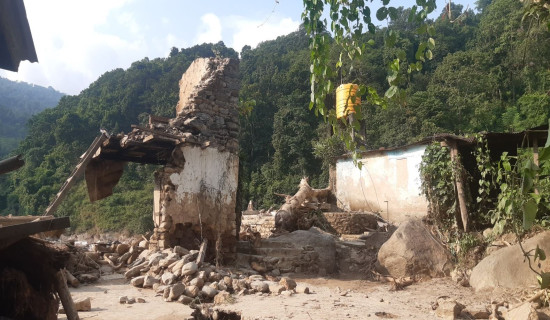- Monday, 15 December 2025
Experts ask to take measures to curb air pollution in Valley
By A Staff Reporter,Kathmandu, Apr. 6: Nepal Forum of Environmental Journalists (Nefej) and experts asked the government to declare an environmental emergency in areas where the AQI has reached or exceeded 300 and to implement necessary response measures immediately.
Issuing a joint press statement on Saturday, Nefej and experts including environmentalist Bhusan Tuladhar, Raju Pandit Chhetri, Executive Director at Prakriti Resources Centre and Rajan Parajuli, General Secretary at Clean Energy Nepal asked to coordinate with local communities and security forces to contain hundreds of forest fires.
It also asked to ban vehicles that emit excessive smoke in the Valley, stop vehicles transporting loose dust into Kathmandu, and launch large-scale community-level street cleaning campaigns and close schools in the Valley until air quality improves, to protect children’s health.
Other recommendations including -- implementing an odd-even vehicle system to reduce traffic and curb pollution caused by vehicles, enforcing an immediate ban on the open burning of waste and agricultural residue in and around the capital and mandating the use of face masks for the public to reduce health risks.
For the past week, air pollution levels in Kathmandu Valley and several other parts of the country have reached a critical and hazardous state.
According to data from air quality monitoring stations on Thursday, the air in Kathmandu has become harmful to breathe. Measurements show an excessive concentration of carbon monoxide, black carbon, ozone and fine particulate matter (PM2.5) in the atmosphere.
According to a study by the International Centre for Integrated Mountain Development (ICIMOD), air quality in Kathmandu has been harmful for 75 out of the last 90 days.
ICIMOD’s data released on April 3 shows the Air Quality Index (AQI) in Kathmandu has surpassed hazardous levels. The AQI has reached 365 in Bhaktapur, 273 in Shankhapark, 248 in Ratnapark, and 235 in Bhaisepati and Khumaltar.
This is an extremely concerning situation. An AQI between 201 and 300 is considered very unhealthy, while any reading above 300 is classified as hazardous. Kathmandu’s pollution level is several times higher than the standards set by the World Health Organization (WHO).
An AQI above 100 is already considered unhealthy, over 200 is very unhealthy and above 300 indicates a hazardous public health emergency, the statement said.
Kathmandu Valley, due to its bowl-shaped topography, is among the most air pollution-prone cities in the world. The current pollution spike is primarily attributed to forest fires, outdated and poorly maintained vehicles emitting clouds of smoke and dust, emissions from factories and construction sites, and the lack of proper road cleaning and environmental management, the Nefej said.
According to the statement, this level of pollution is especially dangerous for individuals with chronic illnesses, the elderly, children, newborns, and postpartum mothers. For patients with respiratory illnesses, this situation is life-threatening. Hospitals are already reporting an increase in patients with breathing-related problems.
If Kathmandu continues to rank as the most polluted city in the world in international headlines, it will severely damage the country’s image and impact the upcoming tourism season, it said.
Given the deteriorating air quality in the capital and other areas and the constitutional right of Nepali citizens to live in a clean environment, the Government of Nepal must take urgent action to mitigate and control air pollution.
The Nepal Forum of Environmental Journalists (NEFEJ), along with environmental organisations and experts, strongly urge the government to take immediate steps.

